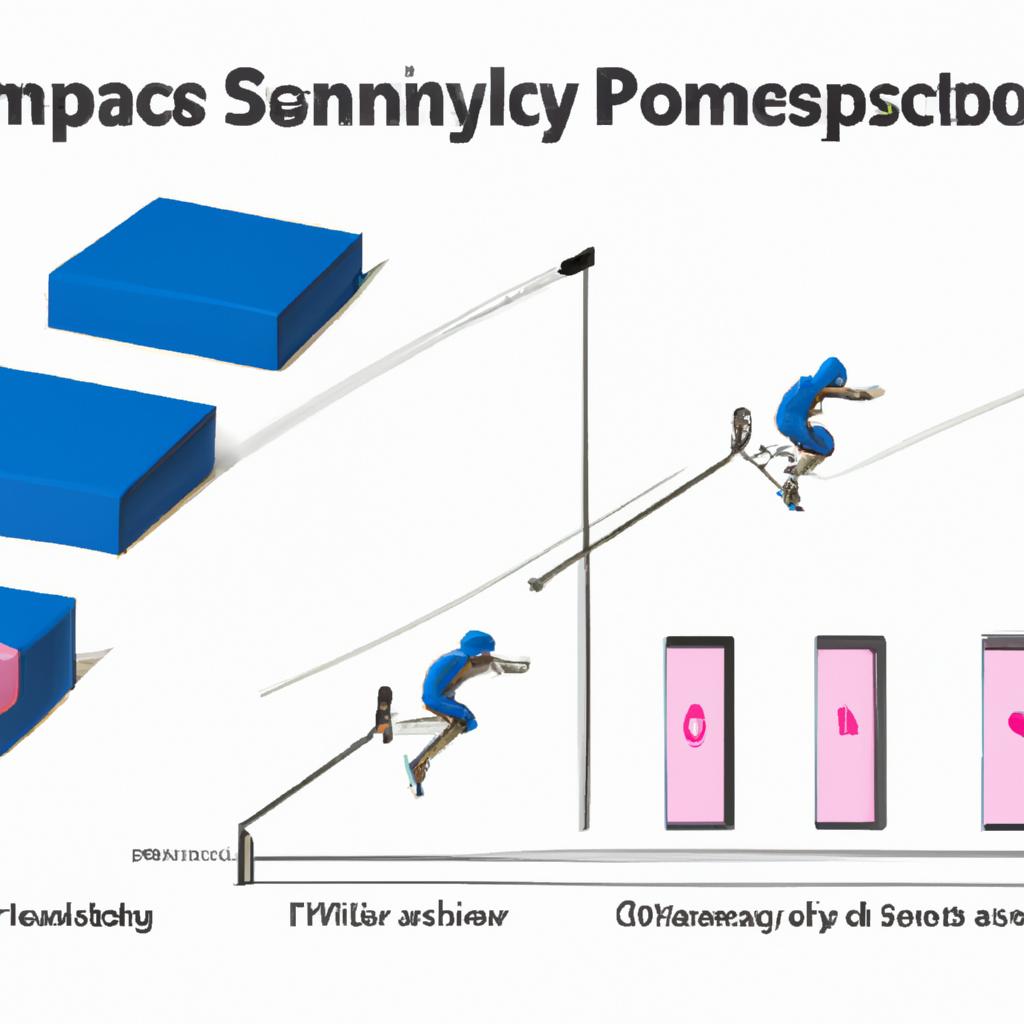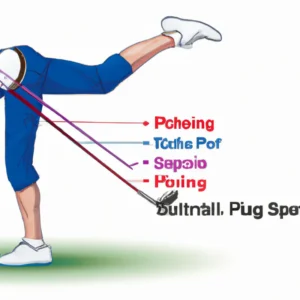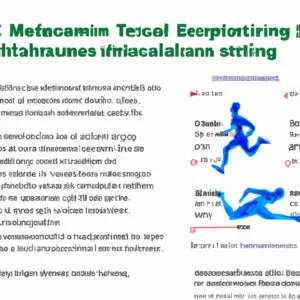**”Plyometric Progressions: How to Safely Increase Intensity and Complexity in Jump Training for Enhanced Athletic Performance”**
# Plyometric Progressions: How to Safely Increase Intensity and Complexity in Jump Training for Enhanced Athletic Performance
Plyometric training, often referred to as jump training, has gained recognition as an effective method for enhancing athletic performance. By incorporating explosive movements, plyometrics improves power, speed, and overall athletic ability. However, jumping exercises carry a risk of injury if not approached with caution. Therefore, understanding how to safely increase both intensity and complexity in plyometric training is essential. This blog post will explore the fundamentals of plyometric progressions, provide nutrition tips, discuss exercise advice, and highlight the health benefits associated with this dynamic training method.
## Understanding Plyometric Progressions
Plyometric exercises can vary significantly in intensity and complexity. Progressions are essential for ensuring that athletes can safely handle the demands of more advanced movements.
### Basic Plyometric Movements
Before diving into advanced plyometric exercises, athletes should first master basic movements. These include:
– **Jump Squats:** A foundational plyometric exercise that helps develop explosive strength.
– **Box Jumps:** This involves jumping onto an elevated surface, which helps improve vertical leap and landing mechanics.
### Gradual Increase in Intensity
Once the basic movements are mastered, athletes can gradually increase intensity by:
– **Increasing Jump Height:** Moving to higher boxes or platforms can challenge the muscles more.
– **Adding Weight:** Using a weighted vest during jumps can enhance strength and power when done correctly.
## Nutrition Tips for Plyometric Training
Proper nutrition is vital for maximizing the benefits of any training regimen, including plyometrics. The right food choices can enhance performance, aid recovery, and prevent injury.
### Fueling for Performance
– **Carbohydrates:** Consuming complex carbohydrates, such as whole grains, fruits, and vegetables, provides the energy needed for explosive movements.
– **Protein:** Including lean protein sources like chicken, fish, or legumes supports muscle repair and growth post-training.
### Hydration Matters
– Staying well-hydrated is crucial for optimal performance. Dehydration can lead to decreased coordination and increased risk of injury during high-intensity workouts.
## Exercise Advice for Effective Plyometric Training
While plyometric training can be highly beneficial, proper technique and awareness of one’s physical limits are essential.
### Focus on Technique
– **Form is Key:** Concentrating on maintaining proper form during jumps reduces the risk of injuries. Ensure knees are aligned with toes during landings, and engage the core throughout movements.
– **Controlled Landings:** Practice landing softly to absorb impact, which will help protect the joints and reduce the risk of injury.
### Listen to Your Body
– **Avoid Overtraining:** Plyometric exercises can be taxing on the body. Incorporate rest days and listen to your body’s signals to prevent burnout and injury.
– **Progress Gradually:** Jumping drills should be ramped up gradually to allow the body to adapt. Start with lower intensity and increase complexity over time.
## Health Benefits of Plyometric Training
In addition to enhancing athletic performance, plyometric training offers a plethora of health benefits.
### Improved Muscle Power
– Engaging in plyometric exercises increases fast-twitch muscle fiber recruitment, which is crucial for explosive movements in sports.
### Enhanced Agility and Coordination
– The dynamic nature of plyometrics improves overall coordination and agility, which can translate into better performance in various sports.
### Increased Bone Density
– The impact of plyometric training can help improve bone density, which is particularly beneficial for athletes looking to reduce the risk of osteoporosis later in life.
### Weight Management
– High-intensity plyometric training can also support weight management by increasing calorie expenditure during workouts.
## Conclusion
Incorporating plyometric progressions into your training regimen can significantly enhance athletic performance, provided that safety measures are taken into account. By mastering basic movements, progressively increasing intensity, fueling the body with proper nutrition, and listening to one’s physical limits, athletes can harness the full power of plyometric training. The benefits extend beyond improved performance, as plyometrics also contribute to better agility, muscle strength, and overall health. With the right approach, plyometric training can be a game-changer for athletes looking to elevate their game.















Post Comment